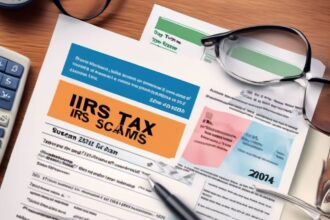In the first quarter of the year, the real GDP growth rate was lower than expected at 1.6%, with consumption, a key driver of GDP, growing at 2.5%. This was a significant deceleration from the previous quarter’s growth rate of 3.4%. Despite expectations of lower bond yields due to slowing economic growth, bond rates actually rose because of higher inflation, particularly in housing/utilities, financial services, and healthcare. However, excluding these areas, the core inflation rate remained below the Federal Reserve’s 2% target. As a result, the bond market anticipates the Fed’s first rate cut occurring no earlier than December, but there are indications that disinflation may occur over the course of the year.
Consumer spending has been supported by excess savings from government stimulus payments, credit card borrowing, and a low savings rate. However, these excess savings have been depleted, leading to a rise in consumer delinquency rates and a decrease in spending. Retailers are already reporting a resurgence of consumer frugality, indicating a potential downturn in consumer spending. As a result, inflation and economic growth are expected to soften as the year progresses, potentially leading to a shift in interest rates.
The difference between the Consumer Price Index (CPI) and the Harmonized Index of Consumer Prices (HICP) in Europe highlights flaws in the CPI calculation, particularly the inclusion of Owners’ Equivalent Rent (OER). When adjusted to include European inflation calculation methods, the US inflation rate is already below the Fed’s 2% target at 1.9%. This discrepancy suggests that inflation may not be as high as perceived, with the data supporting the notion that inflation has been overstated.
Manufacturing continues to struggle, with the latest Kansas City Fed Survey indicating an eighth consecutive contraction in April. Wall Street earnings reports are also guiding lower on sales, indicating a tightening of consumer spending. Despite these indicators of economic slowing, the Federal Reserve has maintained a stance of “higher for longer” on interest rates, possibly to preserve its credibility or due to other agendas related to home and equity prices.
The issue of banks with substantial loans in Commercial Real Estate (CRE) collateral poses a significant risk, particularly in light of falling CRE values and an oncoming corporate refinancing wall. Higher interest rates on refinances could negatively impact total corporate profits and lead to an increase in CRE defaults. The recent closure of Republic First Bank highlights the potential for other bank failures in this cycle. Overall, there are concerns about the potential impact of economic challenges on the banking sector and the broader economy, with a focus on the timing of interest rate adjustments to address these issues.









